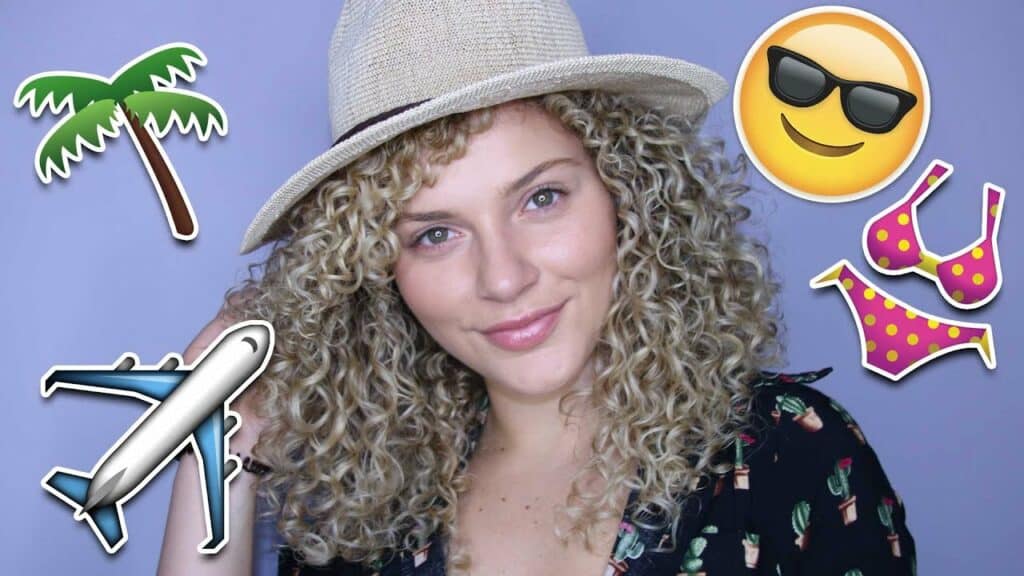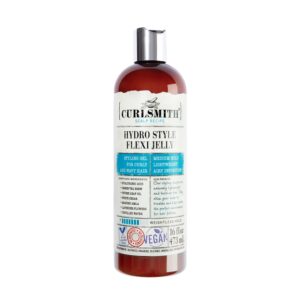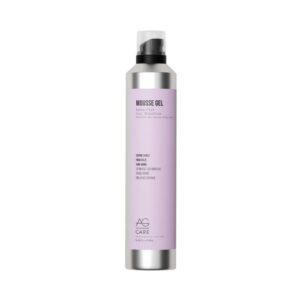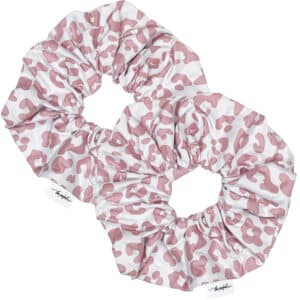
The Best Brushes for All Hair Types (Detangling + Styling)
DETANGLING + BRUSHING CURLY HAIR 101 IT IS OKAY TO BRUSH CURLY HAIR. But on that same note; BRUSHES ARE NOT ONE SIZE FITS ALL. There is a time and a place, and this guide will help you pick the right tools for you! While brushing textured hair is often








